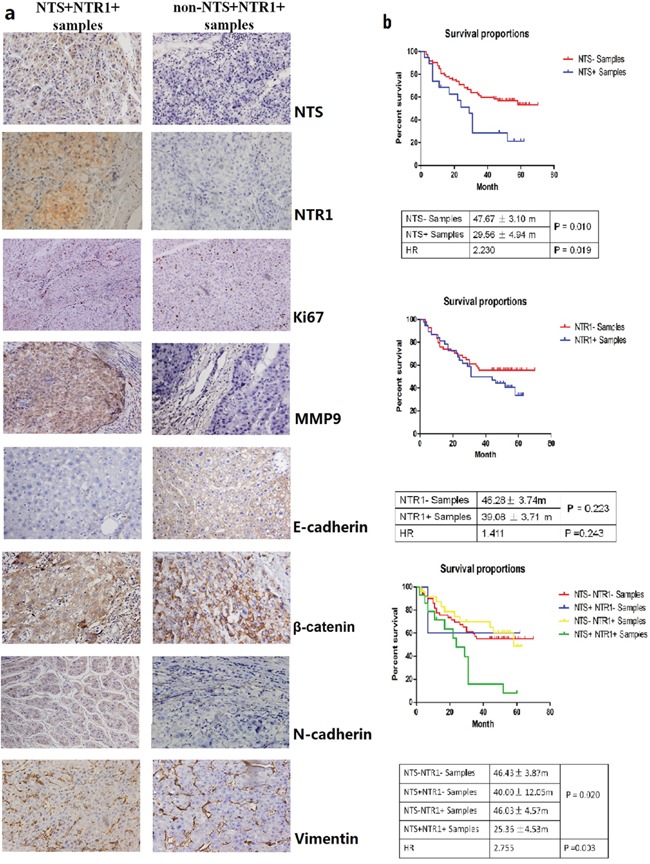Figure 1. NTS/NTR1 co-expression was correlated with aggressive phenotype and poor clinical outcome of HCC.

a. NTS and NTR1 were exclusively expressed in HCC cancer cells rather than normal adjacent tissues. The proliferation marker Ki67 and the metastasis marker MMP9 as well as some EMT-related proteins, such as E-cadherin, N-cadherin, β-catenin, and Vimentin, were compared between NTS+NTR1+ and non-NTS+NTR1+ samples using IHC. Significant upregulation of MMP9 and multiple EMT markers, but not Ki67 protein was found in NTS+NTR1+ samples compared with those in non-NTS+NTR1+ samples. Decreased expression of E-cadherin and increased expression of N-cadherin on the cytomembrane and accumulation of β-catenin in the cytoplasm were found in the NTS+NTR1+ samples. No significant difference of Vimentin was identified. b. The survival analysis of HCC patients on the basis of the NTS and NTR1 expression was performed using Kaplan-Meier method and log-rank test. NTS exerted a significant influence on the OS of HCC patients, in which NTS+ patients suffered from shorter OS than NTS− patients did, but no significant difference of OS was observed between NTR1+ and NTR1− patients. NTS+NTR1+ patients exhibited a shorter OS of 25.36 ± 4.53 m (P = 0.020) and a higher death risk at an expected hazard ratio (HR) of 2.755 (P = 0.003) than the other patients did.
